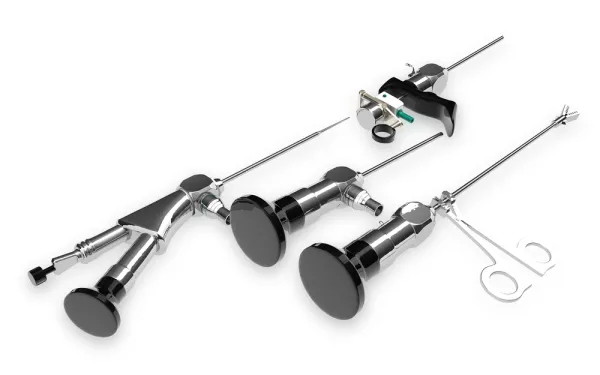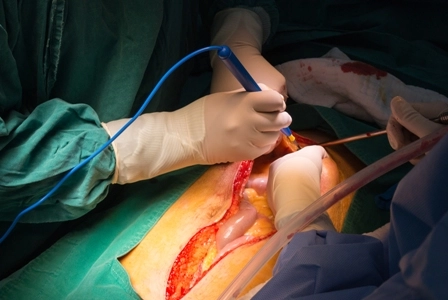Are You an Expert When It Comes to Modifier 25 Versus 57? Find Out
Scheduling a surgery for next week may not require a modifier at all. If you want to boost your ob-gyn practice’s accuracy and stop denials in their tracks, you need to draw the line between closely related modifiers 25 and 57. The choice lies with your ob-gyn. You have to understand when the ob-gyn makes the decision for surgery. Think you’ve got these modifiers straight? Take this modifier challenge and see how you fare. Read Up on These Examples First, read these two scenarios and circle your modifier selection. Then compare your answers with our experts’. Example 1: The ob-gyn sees a patient with vaginal bleeding. During the exam, the ob-gyn identifies polyps in the cervical os and decides to remove the polyps today instead of requesting that the patient return. What modifier should you use — modifier 25 or modifier 57? Example 2: The ob-gyn examines a patient with severe menorrhagia and anemia and discusses options with the patient. During this visit, the ob-gyn decides to proceed with a hysterectomy. What modifier should you use — modifier 25 or modifier 57? Decision for Major Surgery Separates Modifiers Example 1 Answer: You would report the visit code (9921X) with modifier 25 appended in addition to 57500 (Biopsy of cervix, single or multiple, or local excision of lesion, with or without fulguration [separate procedure]) linked to N84.1 (Polyp of cervix uteri). Misunderstanding: Many coders confuse modifiers 25 (Significant, separately identifiable evaluation and management service by the same physician or other qualified health care professional on the same day of the procedure or other service) and 57 (Decision for surgery) because you can append both to E/M codes. The main difference is that you use 57 to identify that the physician made the decision for a major surgery at the time of the encounter. You should use modifier 25 when the ob-gyn provided a separate and significant E/M service at the same time as a minor procedure in your office. Modifier 25 should not signify the decision to do a minor surgery at the time of the visit, which is integral to that minor surgery, but rather that your physician documented a separate significant E/M service. Appropriately appending modifier 25 means that your practice will receive a separate payment for an E/M service that the ob-gyn performed on the same day as a procedure or other service. Look to Global Days for a Modifier 57 Hint Example 2 Answer: You would report the visit code (9921X) with modifier 57 (if certain criteria are met) linked to N92.0 (Excessive and frequent menstruation with regular cycle) and D50.0 (Iron deficiency anemia secondary to blood loss (chronic)). The rule: You should report both the E/M service and the procedure if the ob-gyn decides to perform the procedure at the same encounter as the E/M service, regardless of the diagnosis. In other words, the physician will perform the surgery as a direct result of the decision he made during the E/M service. You should only use modifier 57 when the ob-gyn determines that he needs to perform a major surgical procedure (one with a 90-day global period) and will perform it either that same day or the next day. Modifier 57 indicates this is not a routine preop visit, but the physician has just made the decision for surgery. Watch out: If the surgery is scheduled for later than the next day or so, you would not need a modifier for this visit. Tips: Typically, you would use modifier 57 on major surgeries (those with a 90-day global) and use 25 on minor procedures (0- and 10-day global). You may also report both the E/M service and the procedure code whether both services have the same or different diagnoses (append modifier 25 to the E/M code with a minor procedure, or modifier 57 for a procedure).




